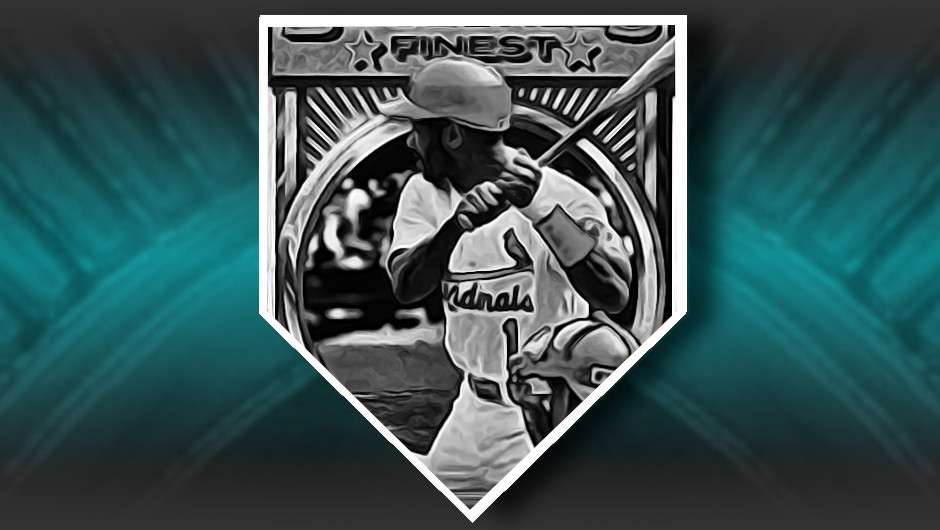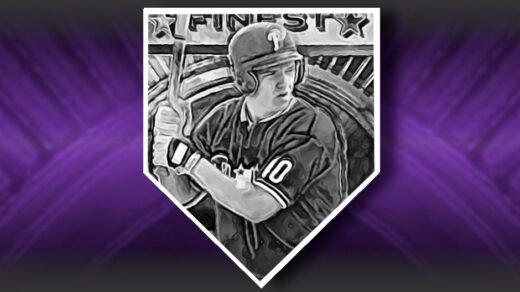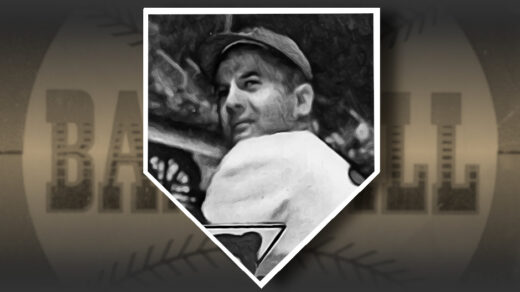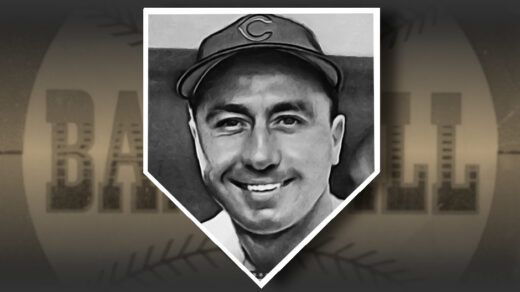“It is better to remain silent at the risk of being thought a fool, than to talk and remove all doubt of it.”
Maurice Switzer
“The whole problem with the world is that fools and fanatics are always so certain of themselves, but wiser people so full of doubts.”
Bertrand Russell
Curt Schilling is very sure of himself, and very willing to tell you about it. That pair of descriptions have led to a series of unfortunate events for the former pitcher, culminating in last month’s resounding rejection by Hall of Fame voters.
Sigh. I don’t really know where to begin. There was the spectacular flameout of his video game company, along with a flailing attempt to rope the state of Rhode Island into holding the bag. There is a long list of former teammates that can’t seem to stand him. He even finished in last place on an episode of Celebrity Jeopardy in 2006.
The guy can’t help but speak loudly about whatever crosses his mind. Combine this with his demonstrated critical thinking skills and one of the odder eras of politics and you’re sure to get something special. For much of the past few years we’ve been subjected to a steady stream-of-consciousness from a guy that looked around at the political landscape and thought, “Hmm…I should totally double down on all of this.”
Baseball
Setting Schilling’s extracurricular activities aside (something Cooperstown should probably do), he was an outstanding pitcher. I see him as a bit underrated relative to his statistical record given that his career played out in the shadows of Randy Johnson, Pedro Martinez, and Greg Maddux, a collection of players that each rank favorably in the sport’s all-time top 10 at their position. Schilling isn’t in that class, but he is very close and compares well with second-tier peers like Mike Mussina, John Smoltz, and Kevin Brown. An excellent ratio of strikeouts to walks alongside massive amounts of innings pitched underpin this assessment. He’s a solid top-25 all-time pitcher for me. I’m not proud of that, but the stats keep pointing in this direction.
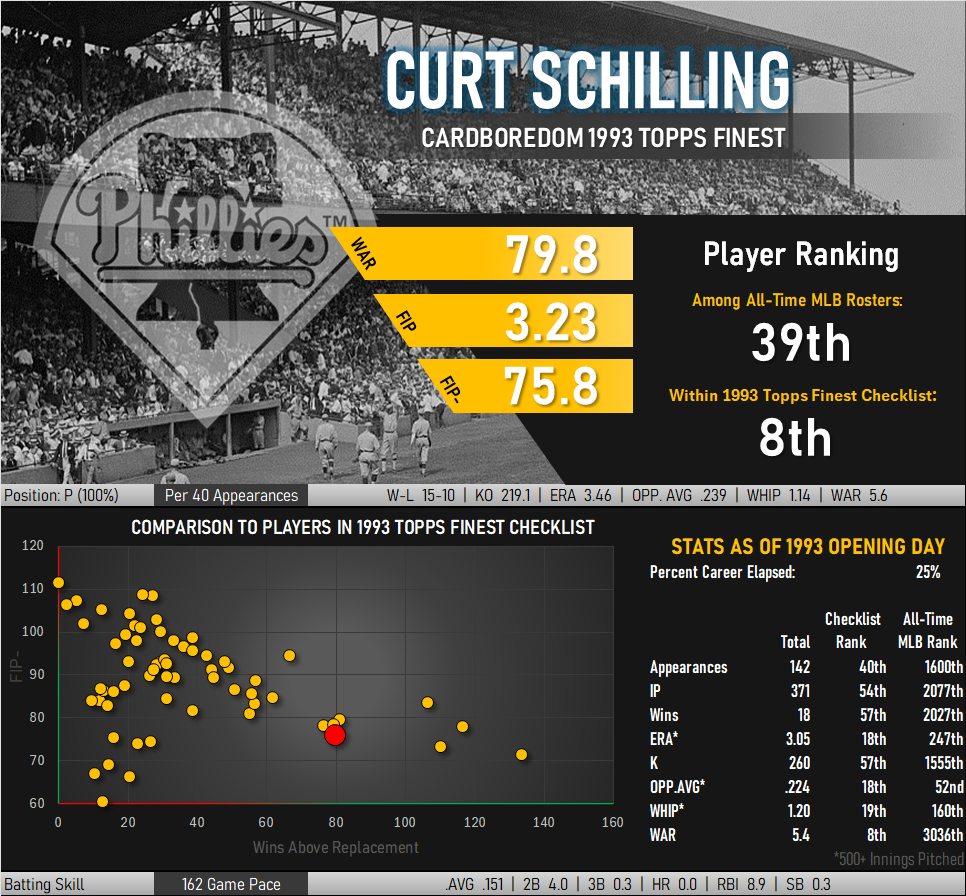
Schilling Missed Getting an Iconic Card
On-field success that overcomes an obvious injury is the stuff that baseball stories are made of. Schilling was an impressive pitcher, but it is not his stats that are the first thing that come to mind when thinking of his place in the game’s history. His right sock is arguably more well known than he is.
Schilling was a proven veteran with the Red Sox when the team made one of its occaisional forays into the playoffs. Boston quickly fell to 0-3 against the Yankees in the American League Championship Series, a deficit that pretty much implied that Curse of the Bambino would be around for at least another year. The Sox put together a pair of wins to stave off elimination in the next two games and scheduled Schilling to take the hill in Game 6. Schilling had injured a tendon in his right ankle, prompting doctors to take extreme measures to get him in the game. A bit of research, some practice surgery on a cadaver, and a newly stitched tendon later, Schilling got the ball and proceeded to tie the series with a 4-2 victory. What made the moment iconic was a growing pool of blood that gathered on his sock as he pitched.
This moment is easily the most famous of Schilling’s career with the context of the game and visible presence of the injury making it memorable. Topps put out an extra card in its 2005 edition to celebrate Schilling’s pitching, but completely missed the mark with its subject. All we got from Topps was a rather generic looking card talking up a World Series win from Schilling that was statistically just as good as the bloody sock game but completely lacking the drama. Nobody is going to remember this card.

Look at what Schilling’s cardboard mythos is up against. Appearing to the right of Schilling’s ’05 Topps card is one of the most famous Nolan Ryan cards. It hails from the 1991 Pacific Texas Express set, an otherwise forgettable group of cards comprised of several hundred Nolan Ryan cards. Card #92 shows a bloodied Ryan continuing to pitch in a 1990 Rangers victory. He had just been hit in the mouth by a Bo Jackson comebacker that took a bad hop. Ryan managed to snare the ball and throw out Jackson at first. This was only the second inning and Ryan’s arm was still needed. He continued to play through 7 frames, all of it while scaring the bejeezus out of Kansas City batters looking like some ageless bloody barbarian. On his way out of the game he could have spit a mouthful of blood on the mound, said “I’m done,” and walked right into the Hall of Fame. The door would have been held wide open.
The Pacific card, in short, is amazing. Schilling’s 2005 Topps card is anything but amazing. Topps decided to focus on Schilling’s Game 2 World Series win rather than go head to head with Pacific’s cardboard icon. They gave collectors a bad pun, which to my knowledge has never helped a card gain much standing in the hobby. A few sets would eventually give us the bloody sock pics that should have appeared in 2005, but they arrived years later and long after the time had passed for the cards themselves to gain association with Schilling’s career.
Getting A Bloody Hard Refractor Just Right
Curt Schilling’s 1993 Finest Refractor is a tough card, period. It’s already difficult to find just because of the low production run and has caused collectors to question its general availability going back to at least 1995. That is when Beckett Baseball Card Monthly first identified a selection of refractors as being suspected short-prints. The June edition of the magazine applied the “SP” designation to five players: Bryan Harvey; Glenn Davis; Marquis Grissom; John Kruk; and Schilling. Future additions would expand the list, but this card was considered difficult from the beginning.
A few decades later, it is apparent that there isn’t much of a shortage of this particular card. That doesn’t make it any easier to get a high-grade example. Many of the set’s Schilling cards are printed off-center from top to bottom, hindering chances of finding one in mint condition. Third-party graded examples are in lower supply than most other cards, presumably because of the widespread centering issues.
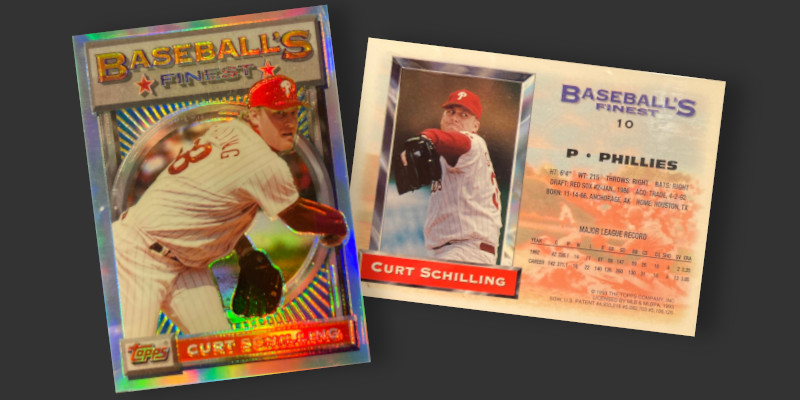
My in-progress set is on its second Schilling refractor. The first was acquired from a resident of the Baltimore area who had grown up with Schilling as a highly rated Orioles prospect. Schilling was traded away in a deal that brought Glenn Davis to the team, but this collector still stuck by his cards. The previous owner acquired the card from a Maryland card shop during college in the late-1990s and had held on to it ever since. It had the usual centering issues but filled a need for my set. I added it to the collection with PSA assigning a straight 7-Near Mint grade.
For two years that was all I needed, as Schilling isn’t really a player I consider to be key to the collection in any way. However, a late 2022 breakup of a very high grade refractor set provided the opportunity to make selective upgrades to certain cards. A fellow collector not looking to extract every bit of pricing power allowed the set to add a Mint 9 example while the sale of my previous copy allowed the upgrade to come at minimal cost.



